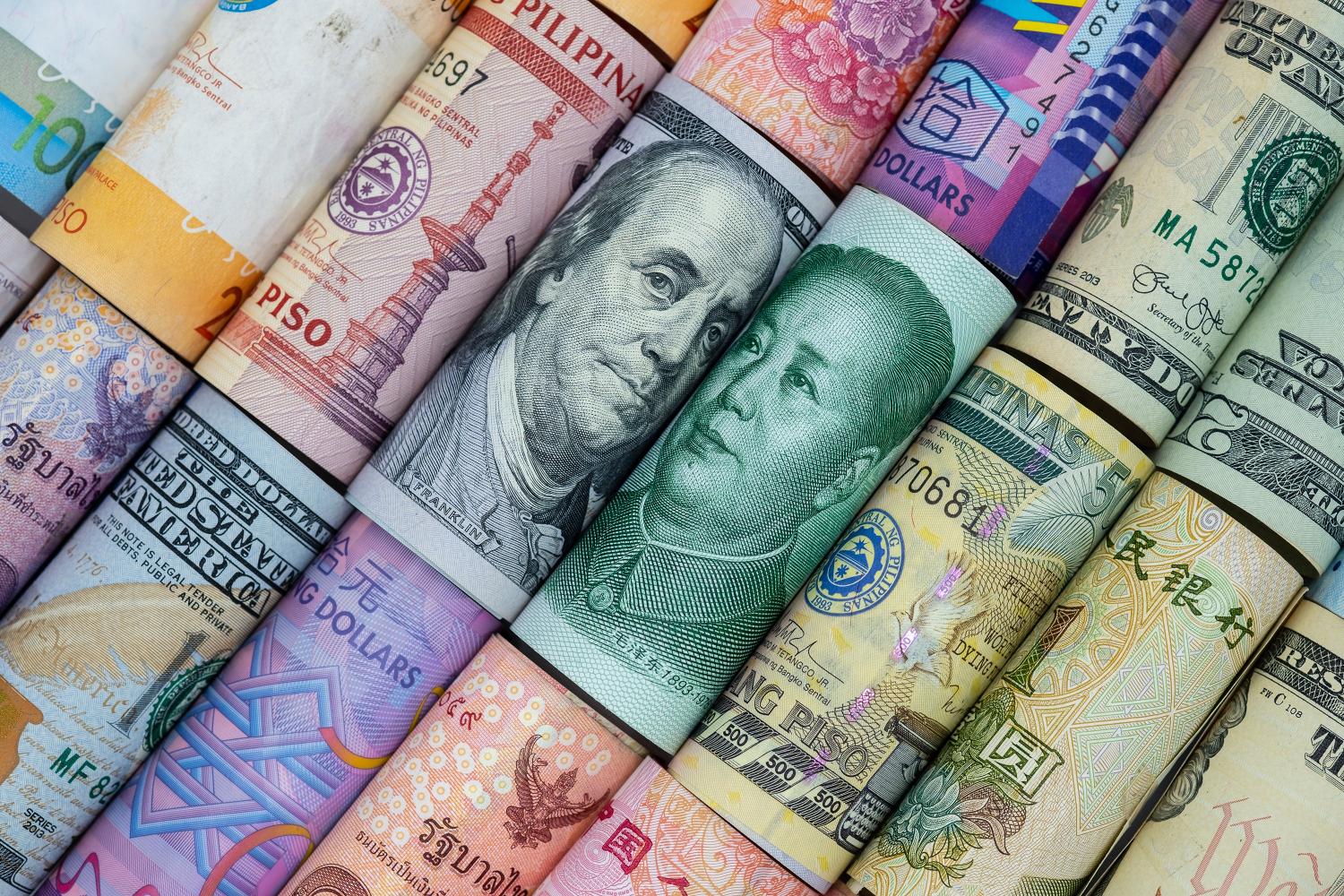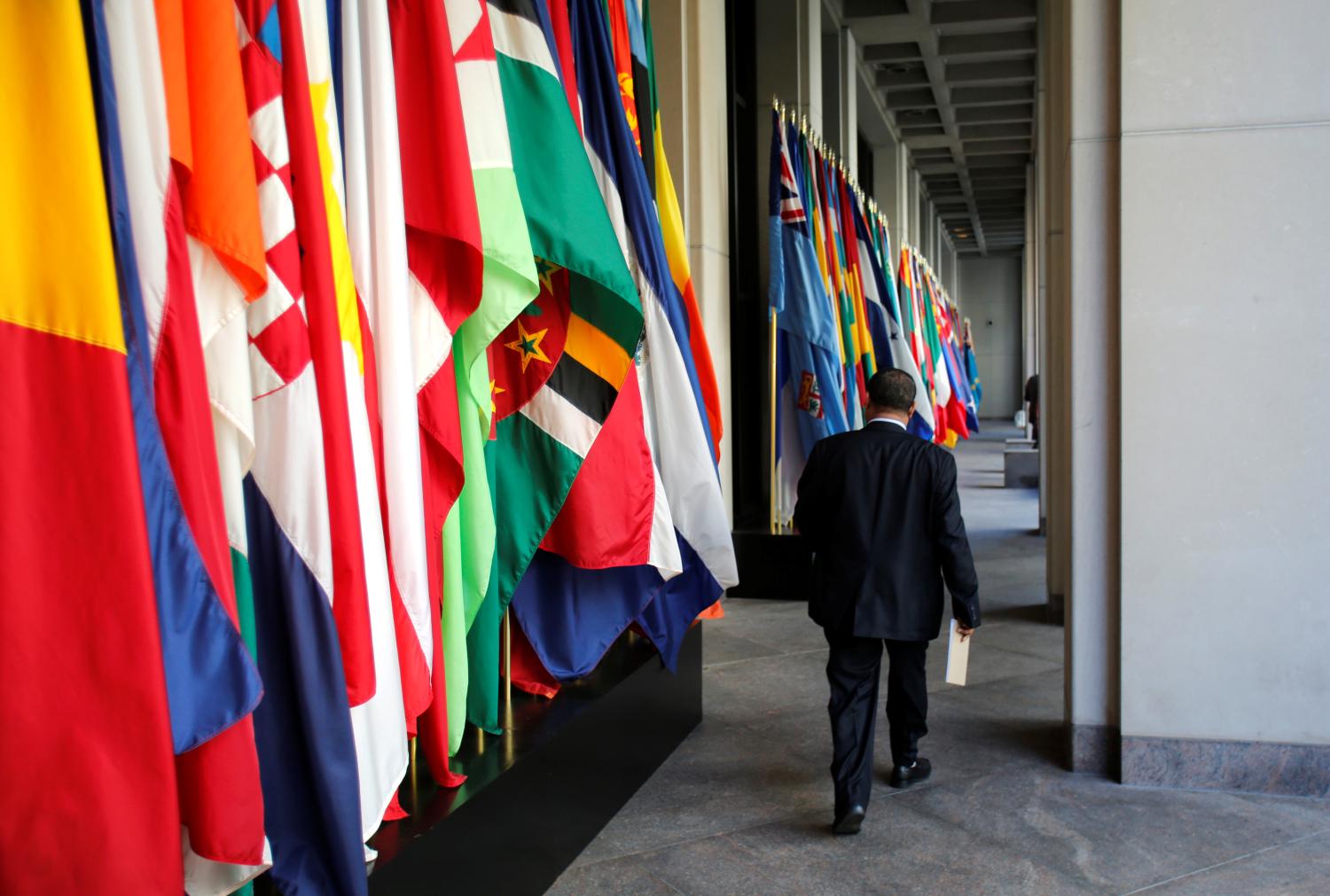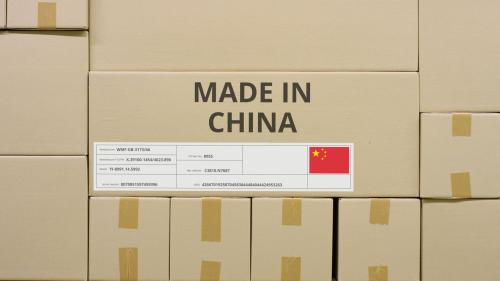Summary
In 2019, President Trump called on the U.S. Federal Reserve to cut interest rates to depreciate the U.S. dollar, which, according to the IMF, is overvalued by between 6 and 12 percent. This paper uses an intertemporal general equilibrium model to explore what would likely happen if the President’s wish was granted. Using the G-Cubed (G20) model, it shows that the general equilibrium effects of a depreciated real effective exchange rate brought about by lower U.S. interest rates can result in a wide variety of unintended consequences, many of which contradict the stated aims of President Trump and his administration. Such a policy would likely result in a larger U.S. trade deficit, would only temporarily devalue the real effective exchange rate and would only temporarily support the U.S. economy. The policy would boost the trade balances of most U.S. trading partners, depreciate China’s exchange rate and boost China’s GDP. Given the policy would make the overvalued exchange rates of many economies even more overvalued, the paper explores what would happen if U.S. trading partners were to retaliate by devaluing their currencies. It shows that this makes it harder for the U.S. to achieve its objectives and forces a more severe adjustment for economies that presently have undervalued exchange rates.
The Brookings Institution is committed to quality, independence, and impact.
We are supported by a diverse array of funders. In line with our values and policies, each Brookings publication represents the sole views of its author(s).







